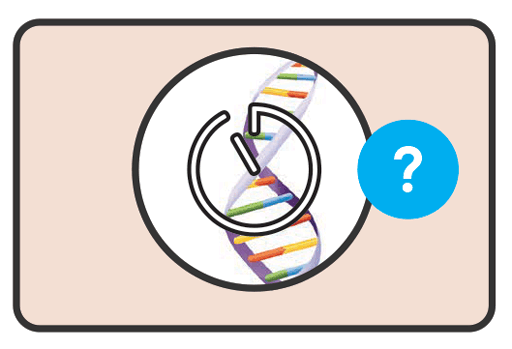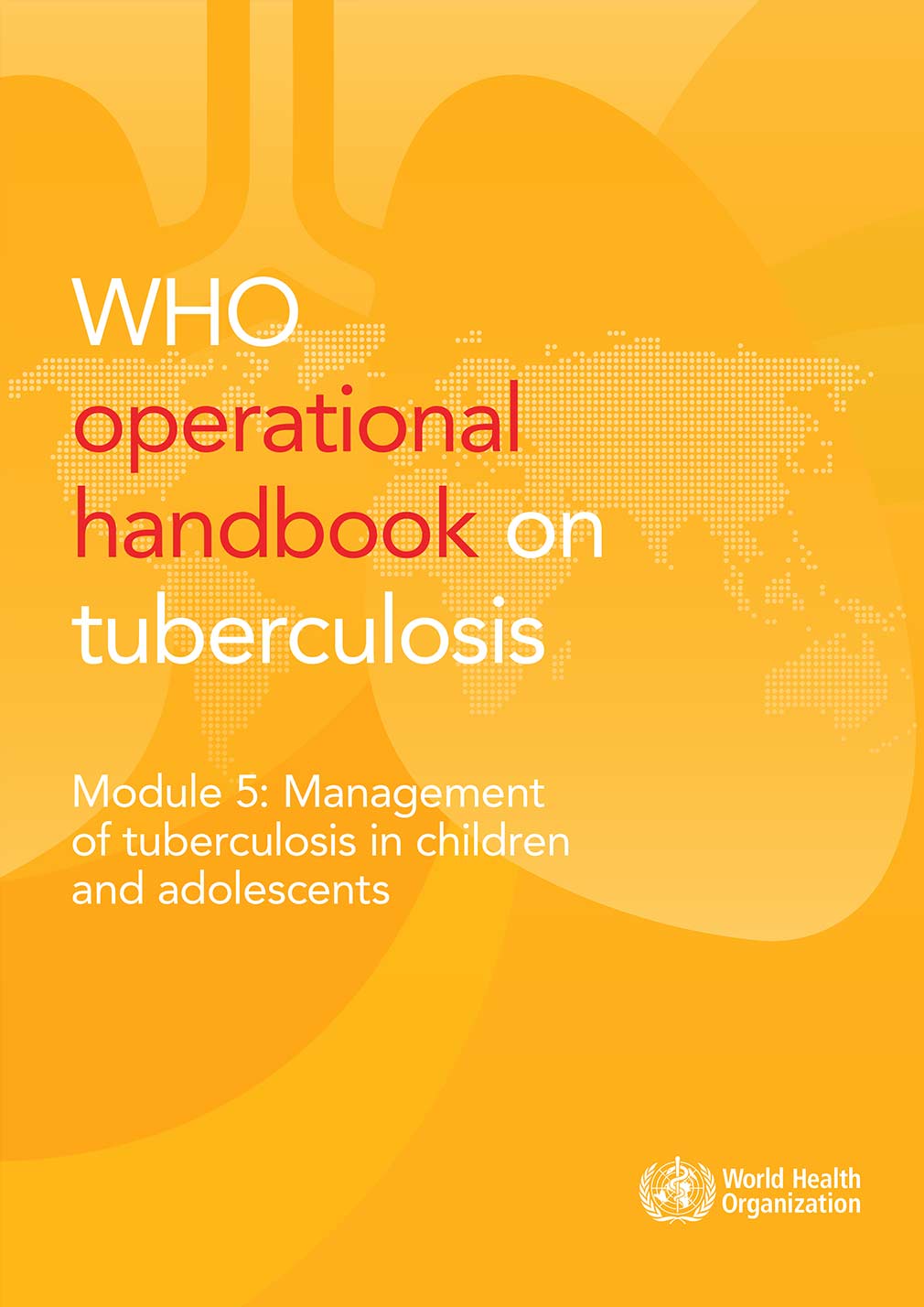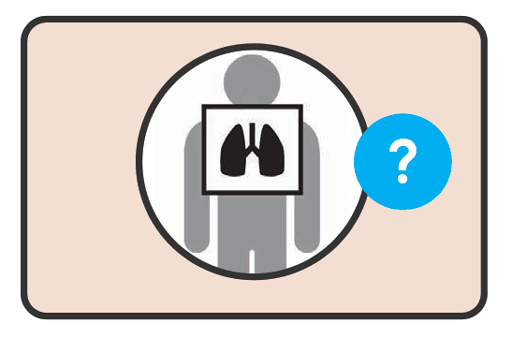Operational Handbooks
3.1 Screening tools
Screening tests should distinguish between people with a high likelihood of having TB disease from those who are unlikely to have TB. A screening test is not intended to be diagnostic but rather to identify the subgroup of people with the highest likelihood of disease. Screening must always be conducted with a screening and diagnostic algorithm; thus, if people screen positive, they are referred to the next step in the algorithm, which could be a subsequent screening tool or diagnostic evaluation with bacteriological testing to confirm or rule out TB disease.
2.4 Identifying and prioritizing risk groups
Risk groups include groups at high risk of exposure to TB or of progression to TB disease or who have limited access to TB services. The following risk groups should always be systematically screened for TB:
2.2.1 Existing screening and outreach activities
The cost of screening, especially as an outreach activity, can be high. The opportunity cost must be considered and compared with other means for improving early TB detection, such as improving the patient-initiated pathway to TB diagnosis (see 2.1.1). The efficiency of a screening programme can be increased by collaboration with other health and social programmes.
2.2 Assessing the situation
The epidemiology of TB in each setting and the social and the health-system contexts will inform decisions on a TB screening strategy, including how risk groups are prioritized, which screening approach to choose and whether screening of specific risk groups is feasible. Therefore, before embarking on detailed planning, a baseline assessment of the following features should be undertaken:
1.1 Rationale for systematic screening for TB disease
Tuberculosis (TB) is a major yet preventable airborne infectious disease. About one fourth of the world’s population is infected with TB bacilli, the vast majority of whom have no disease (1, 2). In 2019, an estimated 10 million new TB cases emerged worldwide, and more than 1.4 million people died of TB, making it the leading single infectious disease cause of death that year (2). Of the estimated 10 million people who fell ill with TB in 2019, TB was not diagnosed in an estimated 2.9 million, and they were not enrolled in quality-assured TB treatment (2).
5.2.4 WHO-recommended rapid molecular diagnostic tests

mWRDs are now also recommended for screening people living with HIV. (See 3.1.4 for a full description of their use in screening). A positive mWRD screen result in a person with HIV must be followed by further diagnostic evaluation to confirm or rule out TB.
Pagination
- Previous page
- Page 59
- Next page

 Feedback
Feedback

